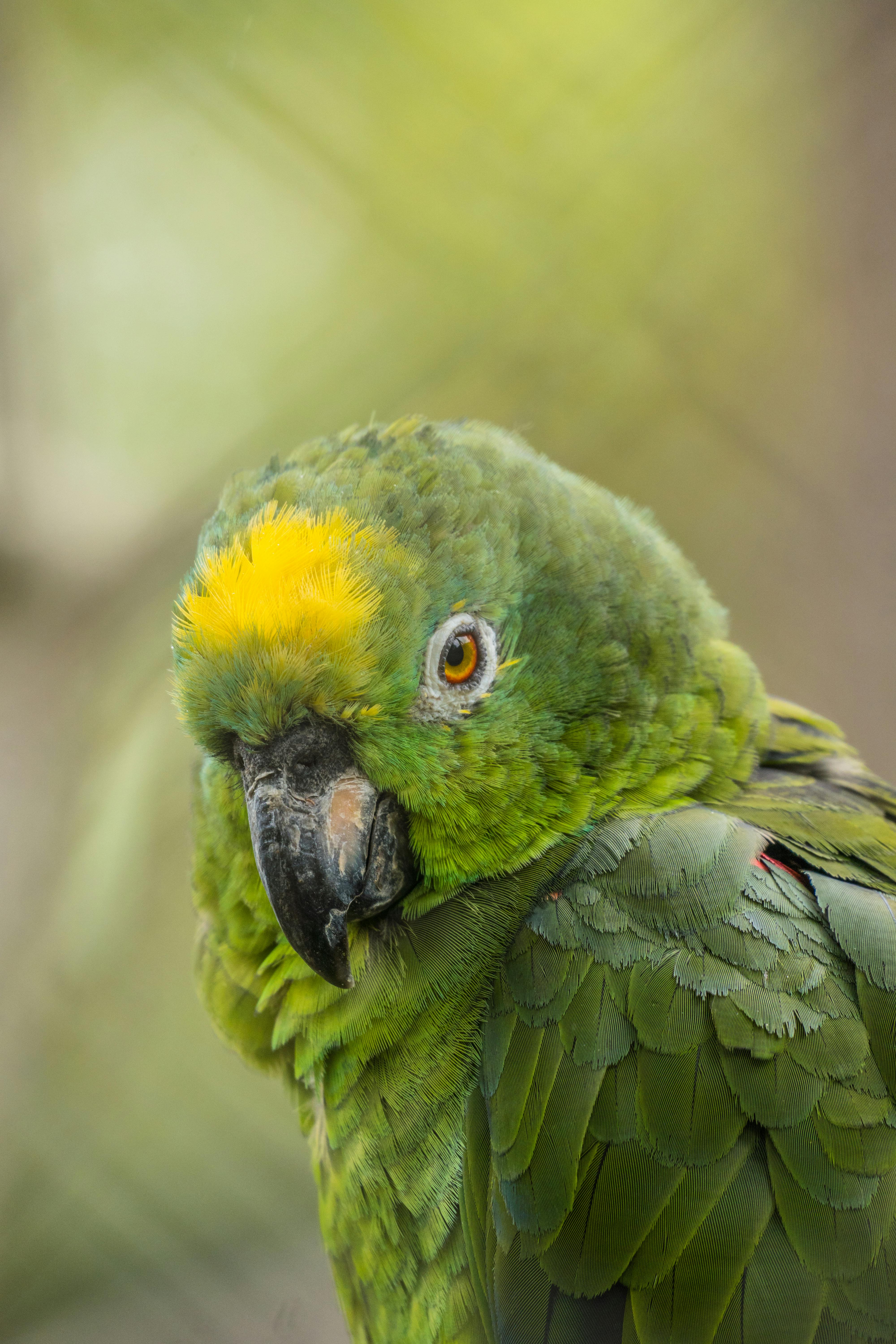Essential Guide to Freshwater Catfish for Your Aquarium in 2025
Catfish are fascinating additions to any aquarium, known for their unique behaviors and versatility as tank mates. As we step into 2025, it's essential to understand their care requirements, compatibility with other fish, and suitable environments. This guide provides an in-depth look at maintaining a thriving aquarium with catfish, exploring the best species, tank setups, and care tips to ensure catfish health and happiness.
For anyone looking to introduce catfish to their home aquarium, the insights covered here will make selecting and caring for these remarkable bottom-dwellers much easier. From feeding schedules to tank maintenance techniques, this comprehensive resource has everything you need. By the end of this article, you'll be equipped with practical knowledge for successful catfish keeping.
Key takeaways include how to create an appropriate habitat, feeding and breeding practices, and understanding catfish behavior. Let's dive into the world of catfish aquariums!
Choosing the Best Catfish Species for Your Aquarium
With many catfish species available, selecting the right one for your aquarium can be daunting. Each has unique habitats, care requirements, and behaviors that influence their compatibility with other fish. Understanding these dynamics is crucial for creating a balanced community aquarium.
Popular Catfish Types
Some of the most popular freshwater catfish species include the angelfish catfish, plecostomus, and corydoras. These species are known for their distinct features and relatively easy care, making them suitable for both beginner and experienced aquarists.
Understanding Catfish Behavior
Catfish are often nocturnal, displaying unique feeding habits and social behaviors. Observing your catfish's interactions will help you gauge their health and happiness. They tend to thrive in tanks equipped with hiding spots and established social hierarchies.
Catfish Size and Growth
It’s essential to consider the size of your chosen catfish species, as some can grow quite large. For instance, a common plecostomus can reach up to 24 inches, necessitating a suitable tank size to accommodate its growth.

Creating an Optimal Aquarium Setup for Catfish
Setting up an aquarium specifically for catfish involves understanding their habitat needs and preferences. Catfish thrive in environments that mimic their natural surroundings and accommodate their specific requirements.
Ideal Tank Conditions and Parameters
Catfish prefer gently flowing water with stable temperature and pH levels. Maintaining appropriate conditions, such as a temperature between 72°F to 82°F, and a pH level between 6.5 to 7.5, is vital for their health. Regular monitoring and adjusting water parameters will significantly contribute to their wellbeing.
Catfish Tank Requirements
Adequate tank space is crucial when housing catfish. A minimum tank size of 20 gallons is recommended for smaller species, while larger catfish types will require upwards of 75 gallons. Consideration for tank length is also important, as catfish appreciate space to swim and explore.
Catfish Tank Landscape and Decor
A well-designed tank landscape featuring gravel substrates, rocks, and plants can mimic the natural environment of catfish. Suitable plants include Java fern and Anubias, which provide shelter and improve water quality.
Feeding and Care for Your Catfish
Establishing a proper feeding routine is vital for catfish health, as their diets vary by species. Understanding their nutritional needs and habits will enhance their lifespan and overall wellbeing.
Feeding Catfish: Best Practices
Freshwater catfish generally benefit from a diet rich in amphipods, brine shrimp, and sinking pellets. Adjust the feeding schedule based on the species' activity level and growth stage, ensuring that juvenile catfish receive adequate nutrition for proper growth.
Signs of Healthy Catfish
Observing catfish behavior is important in identifying signs of good health. Look for active swimming, clear eyes, and a robust appetite. Any signs of lethargy or unusual behavior could indicate health issues that need addressing.
Cleaning and Maintenance of Catfish Tanks
Regular cleaning is essential to maintain water quality in catfish aquariums. Implementing a schedule for partial water changes, alongside effective filtration systems aimed at managing waste levels, will significantly benefit the health of your catfish.

Breeding Catfish: Tips and Techniques
Breeding catfish can be an exciting venture for aquarists. Understanding the specific conditions required for spawning will help increase the chances of success. Different catfish species have varying breeding habits that require tailored approaches.
Catfish Spawning Conditions
To encourage breeding, provide a separate breeding tank with stable water conditions and suitable spawning sites. Some species, like the Corydoras, prefer small caves or flat surfaces where they can lay eggs.
Year-Round Catfish Care
Maintaining ideal conditions year-round is essential for successful breeding and health. Monitor the water temperature consistently and ensure tank mates do not disturb spawning activities.
Common Catfish Diseases and Treatments
Being proactive in recognizing and treating catfish diseases is critical for maintaining a healthy aquarium. Familiarize yourself with common ailments such as ich and fin rot, and have remedies on hand to quickly address any problems.
Tank Mates for Catfish: Compatibility and Co-existence
Finding suitable companions for your catfish is vital for creating a harmonious aquarium environment. Some fish types coexist well with catfish, while others may pose a threat to their wellbeing.
Choosing the Right Tank Mates
When selecting tank mates, consider non-aggressive species that occupy different water levels to avoid competition for space. Great companions include tetras, gouramis, and other peaceful bottom-dwellers.
Catfish Compatibility Chart
Utilizing a compatibility chart can simplify the process of choosing appropriate tank mates. Understanding which species share suitable temperaments allows you to create a thriving community aquarium.
Common Mistakes in Community Tanks
One of the most frequent mistakes made by aquarists involves overcrowding or combining aggressive fish with catfish. Being mindful of tank size and behavioral compatibility is essential for ensuring all species can coexist peacefully.
Maintaining Water Quality for Catfish Health
Water quality is a critical aspect of catfish care, directly influencing their health and longevity. Regular testing and adjustments will create a stable environment.
Monitoring Water Chemistry
Regular tests for ammonia, nitrite, and nitrate levels will help maintain optimal water conditions. Keeping water parameters stable will reduce stress on your catfish and promote healthy growth.
Filtration Systems for Catfish Tanks
A quality filtration system is vital for removing waste and maintaining clean water in your aquarium. Consider options such as canister filters that provide efficient filtration for larger tanks.
Aquarium Water Changes and Cleaning Routines
Establishing a routine for partial water changes will help to keep phosphorus levels in check and reduce toxicity in your aquarium. Regularly review your tank’s ecosystem to ensure all species are thriving.
Conclusion: The Joy of Keeping Catfish
In conclusion, keeping catfish in your aquarium can be a highly rewarding experience. By understanding their specific care requirements, feeding habits, and compatibility with other species, you can create a vibrant underwater environment. Maintaining water quality and regular tank upkeep will ensure your catfish flourish, offering a unique and peaceful presence in your home. With the knowledge gained from this guide, you'll be well on your way to successful catfish keeping in 2025 and beyond. Happy aquaristing!
```